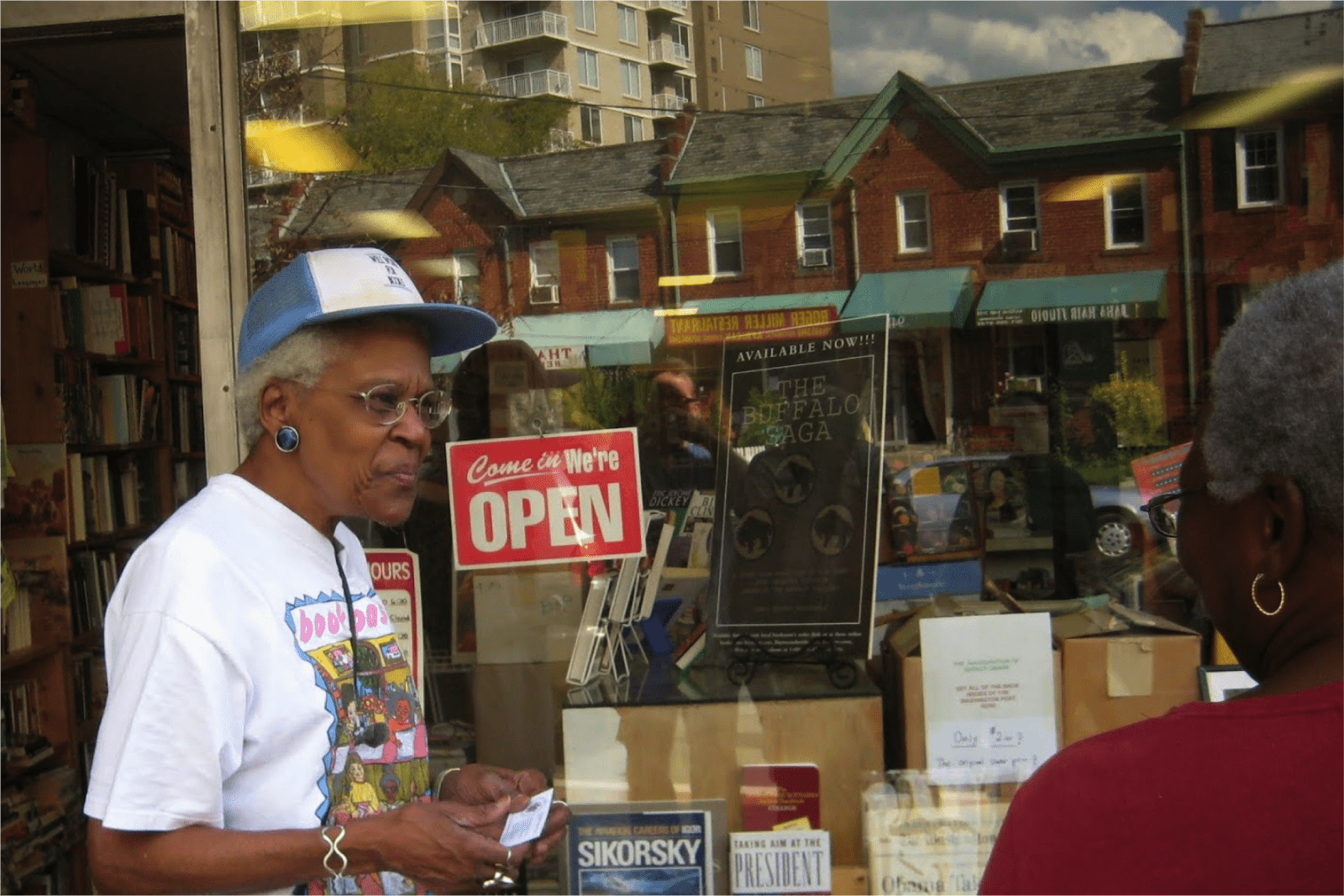Strategies that combat more frequent and intense flood damage, tools that connect underrepresented groups to county services, an interactive biking tour of historic African-American resort towns and digital access to county fitness classes are just some of the projects students tackled this past semester as part of a collaboration between the University of Maryland’s Partnership for Action Learning in Sustainability Program (PALS) and Prince George’s and Montgomery Counties. Over 100 graduate and undergraduate students from colleges and departments across campus completed 13 projects in conjunction with M-NCPPC's Prince George's County Planning Department and Prince George's County Department of Parks and Recreation this fall.
Developed by the UMD’s National Center for Smart Growth, PALS pairs faculty expertise and student ingenuity with sustainability challenges facing Maryland communities. The PALS mission is to provide high quality, low-cost assistance to local governments while creating an active and valuable real-world learning experience for UMD students. Launched in 2014 as a partnership with The City of Frederick, Maryland, PALS has collaborated in those six years with 20 Individual communities, counties or departments, ranging from community partnership groups and cities to county and state level entities. The program has engaged nearly 2000 students and faculty to improve quality of life in Maryland through site-specific projects.
The partnership with Montgomery and Prince George’s Counties is part of an ongoing collaboration to advance several priorities within the state’s two most populous counties. In addition to reports and recommendations on social, economic, health and environmental challenges, two courses this year focused on building a resilient corridor along the Purple Line, a 16-mile light rail project slated to open in 2023 that will span both counties and connect three spokes of the Washington Metrorail. One project conducted by graduate students from the Urban Studies and Planning Program offers recommendations for improving safety and accessibility to three Purple Line stations, including green buffers along sidewalks and an innovative bike infrastructure. A second urban planning course tasked students with devising feasible strategies for the county to preserve independent and ethnic businesses along the corridor, specifically the diverse community of Long Branch, by examining best practices nationally.
“It gave me a lot of joy to teach this class and lead some of the thoughtful ideas that came out of this project,” said Adjunct Professor of Community Planning Bobby Boone.
Recommendations from the retail course, which were presented Tuesday to the county, include implementing a neighborhood equity coordinator that would ensure multiple efforts surrounding small business preservation and development are in sync and that there is cross-communication between these agencies and the businesses along the corridor. The team also proposed a program that captures some of the social benefits and services small businesses provide the community—such as after school programming or community events—to attract tax credits, incentives or funding grants. The team also suggested land trusts as an effective option.
“Land trusts are very difficult from a real estate perspective; however, they are the best way to guarantee longevity for the independent retailers in Long Branch because, ultimately, the decision is on those who own the property,” said URSP graduate student Will Duggan. “There is only so much any government agency can do independent of that.”
“The students have done a tremendous amount of work compiling best practices nationally to inform their report,” said Caroline McCarthy, Division Chief for Research and Special Projects, Montgomery County Planning Department. “Their recommendations will be very helpful resources going forward for the planning department.”
A benefit of the PALS program to students is the exposure it provides to other disciplines through interdisciplinary collaborations or projects that straddle the line of different types of practice. This semester, students from the iSchool developed a database and storymap identifying Prince George’s County subdivisions that had red-lining restrictions in their original deeds or plats. Although the students entered the project with limited knowledge of planning history, engaging with the communities on this project encouraged them to push the boundaries of their expertise in new and meaningful ways. The result was a well-researched project for the county.
“The fact that these students were able to put their classroom knowledge to work in a novel way and on a real project, I think, had an enormous impact on them and the end result was truly impressive,” says Kimberly Fisher, director of the PALS program. “It’s an example of one of the more subtle but powerful impacts of community engagement projects. Students are exposed to ideas, issues and communities that they would not have known without their work on the community projects, and I am increasingly noticing what a critical contribution this is.”
PALS will continue working with both counties in the spring on a new roster of projects, including increasing the number of community gardens and their programming, as well as exploring options for helping seniors access recreational centers.
“Prince George’s and Montgomery Counties are amazing partners with a range of interests and projects that will keep our students busy for years to come,” says Fisher. “Their willingness to work with students to tackle sustainability projects are critical to their citizens and their future has been really gratifying.”

